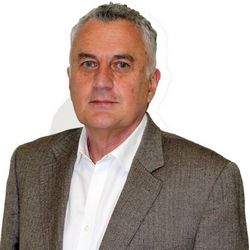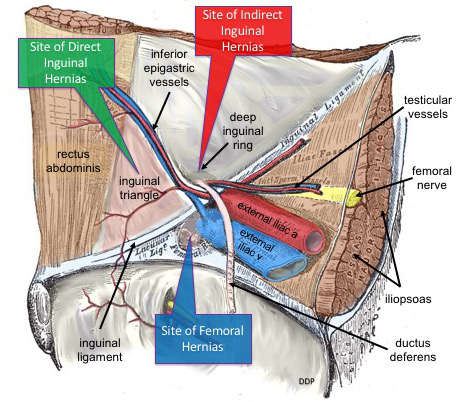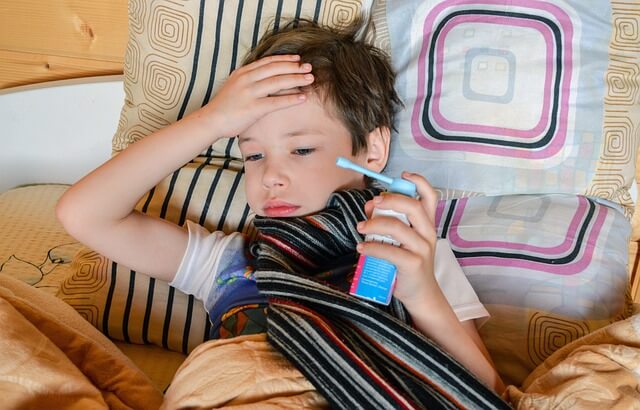FALLS – indications for CT BRAIN
- A: Age > 65, Amnesia > 30 minutes before impact
- B: Bringing up = vomiting > 1 (once)
- C: Coagulopathy (hx)
- D: Dangerous mechanisms: > 1 m or 5 stairs, PVA, Cyclist, Ejection
- E: Epileptic fit (post traumatic)
- F: Fracture: open, depressed, skull base
- G: GCS < 13, on admission, or < 15, 2 hours later.
DELIRIUM DEFINITON KEY WORDS
- A: Acute onset, ↓ Attention Awareness
- B: Brief changes, Behaviour
- C: Conscious level, Cognitive change
- D: Disoriented, Disengaged, Due to Direct Physiological Disturbance
- E: Exempt dementia (rule out)
- F: Fluctuating
- G: General medical condition
- H: Hallucinations (visual)
- I: Incoherent speech, and Intoxicated substances or medicines
| DIFFERENCES BETWEEN | SEIZURE | SYNCOPE |
| Prodrome | Seconds brief aura | Minutes (nausea & vomiting, hot & cold) |
| Position | Sitting, lying, sleeping | From standing or follow exercise |
| LOC | Minutes (2’) | Seconds (< 1min) |
| Color | Blue/red | Pale |
| Shakes | With LOC | After LOC |
| Eyes | Open | Closed |
| Pupils | Dilated | Normal |
| Tongue bitten | More likely | Less likely |
| Injury | Side | Tip |
| Recovery | Ambulance | At scene |
NON-PHARMACOLOGIC TREATMENT: NEUROBEHAVIORAL ABNORMALITIES
A:
- Acute medical illness [infection, pain]
- Avoid restraints
B:
- Basic needs (walking, drinking, eating, defecating, sleeping]
- Bring down the noise and stimulus
C:
- Conflict (interpersonal issues)
- Companionship
- Complementary therapy (music, massage, art, pets)
- Cycle sleep – wake
D:
- Daily routine
- Drug adverse effects
E:
- Exercise,
- Environmental factors (triggers, strains)
F:Family informed
RULE OF 1-2-3-4 (PUPILLARY PATHWAYS)
- 1 afferent
- 2 efferents
- 3 nuclei
- 4 neurons
FACIAL NERVE
| AAbove the nucleus | BBrainstem (nucleus) | CCPA angle | DDuctal: Facial canal | EExtracranial |
| Vascular, Demyelinating, Tumor | Syringobulbia, Glioma, MS | Acoustic neuroma (Schwannoma) | Viral | Sarcoid Parotitis, Melkersson Rosenthal |
| Hemiparesis/Paralysis of facial muscles (ipsilateral) | Dissociated sensory loss (pain lost, touch preserved)Normal sound, Taste (saliva) | Loss of corneal sensation (absent corneal reflex: no eye blinking, either)+ DeafnessNormal facial sensationNormal taste (tongue)Slight facial weakness | Topographic arrangement:1st Great petrosal nerve + Deep petrosal nerve (IC Artery sympathetic) ® Vidian nerve ® Pterygopalatine ganglion ¯ Tears2nd Stapedius n. ® Staples ® Sound3rd Corda tympani ® Lingual nerve ®¯ Taste anterior 2/3 Saliva | Facial swellingBell’s palsy |
4 SEXY QUESTIONS FOR FACIAL MOVEMENT
- Rise (the eyebrows)
- Screw (the eyes shut)
- Blow (the cheeks)
- Smile

Hard worker, Reliable, Team player, Family man.
MBChB (O’Porto Univ.), Dip HIV Man (CMSA), DTM&H (Wits), DipPEC (CMSA), Dip Internal Medicine (CMSA), M. Med. Clinical Pharm [Cum Laude] (Univ. Pretoria), FCP (CMSA)



